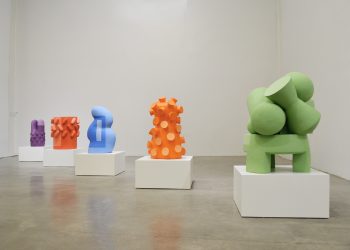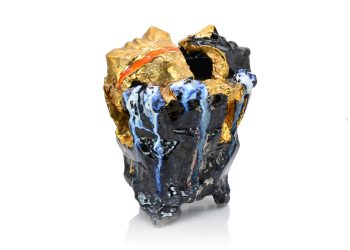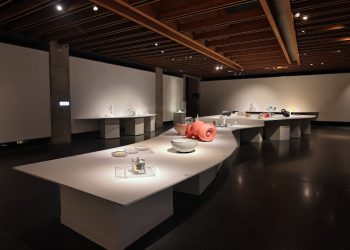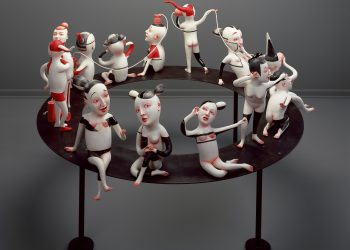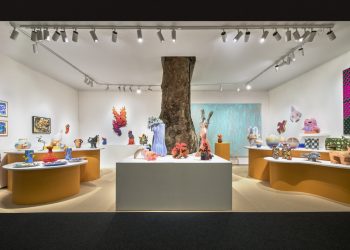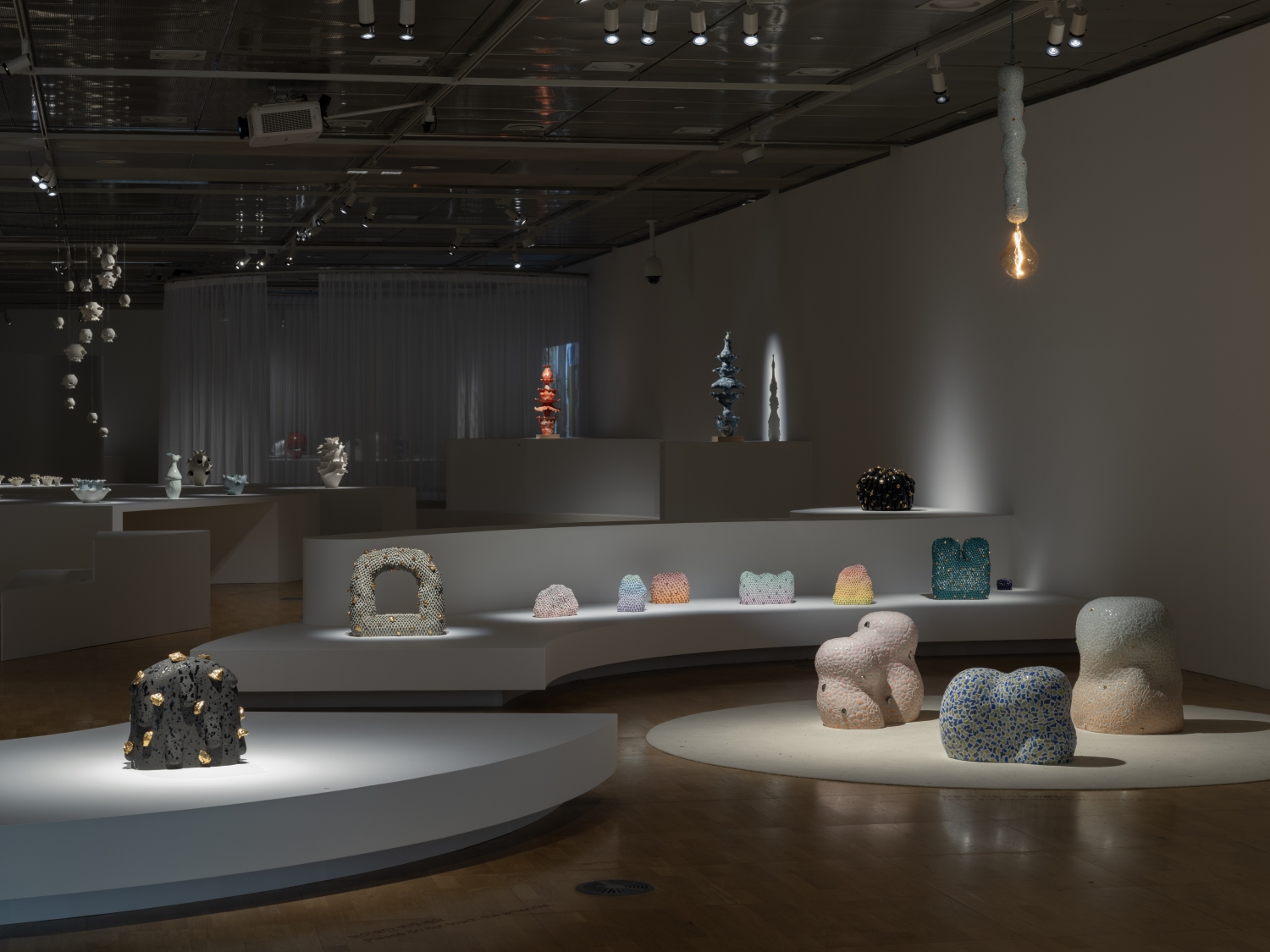
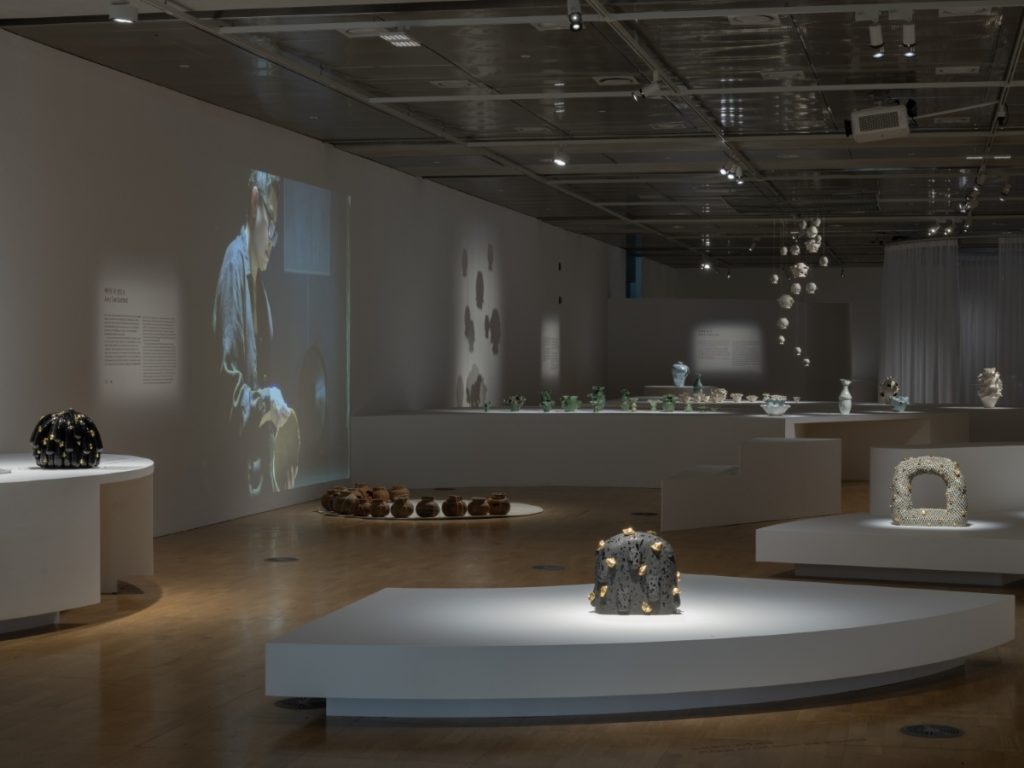
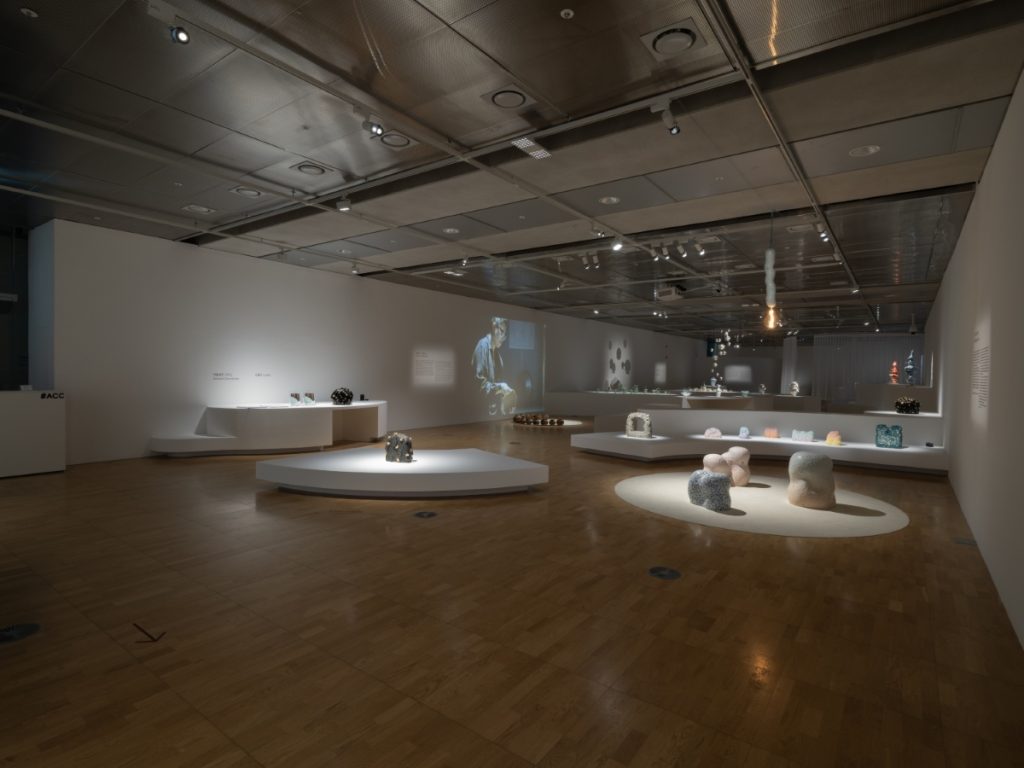
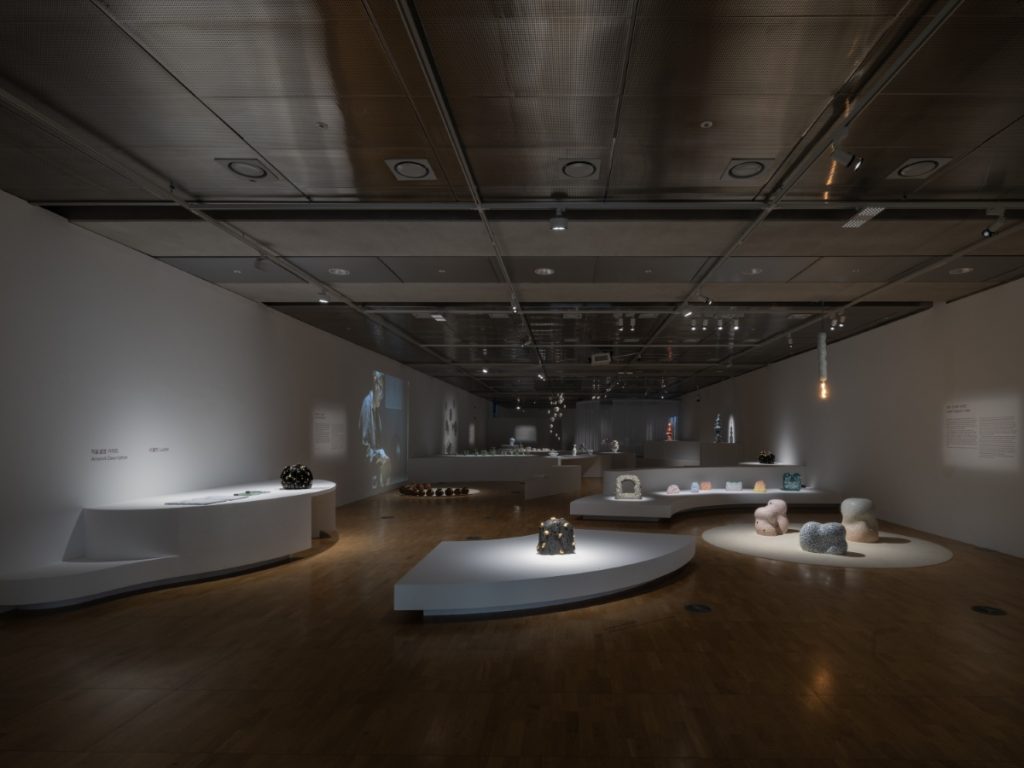
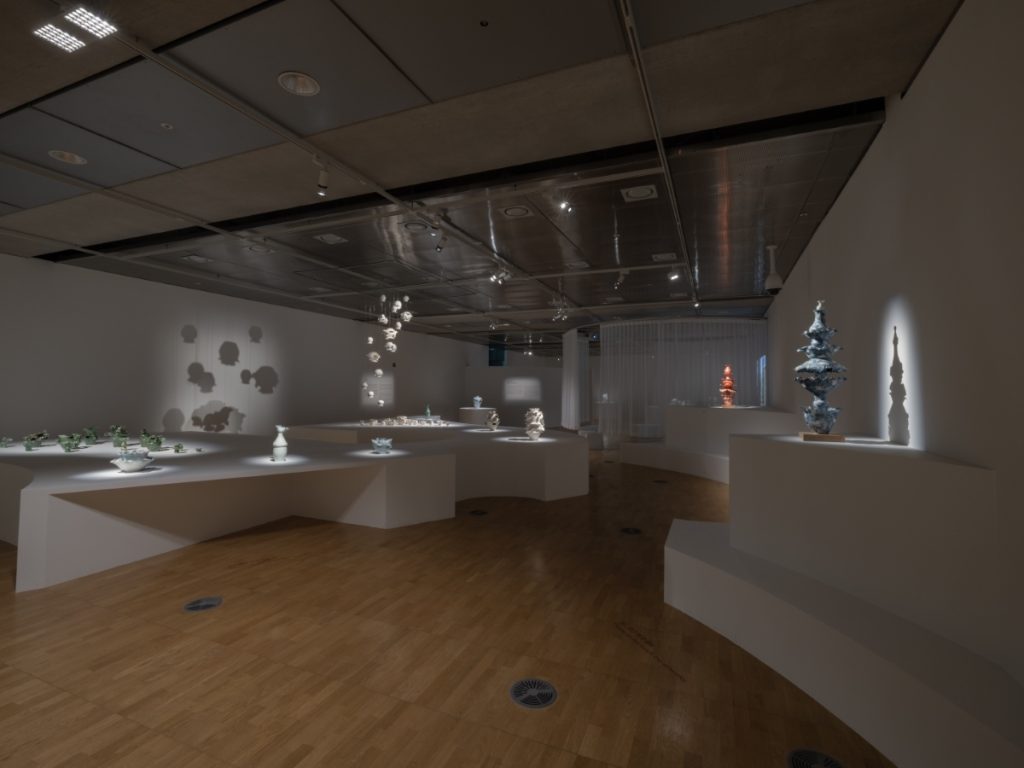
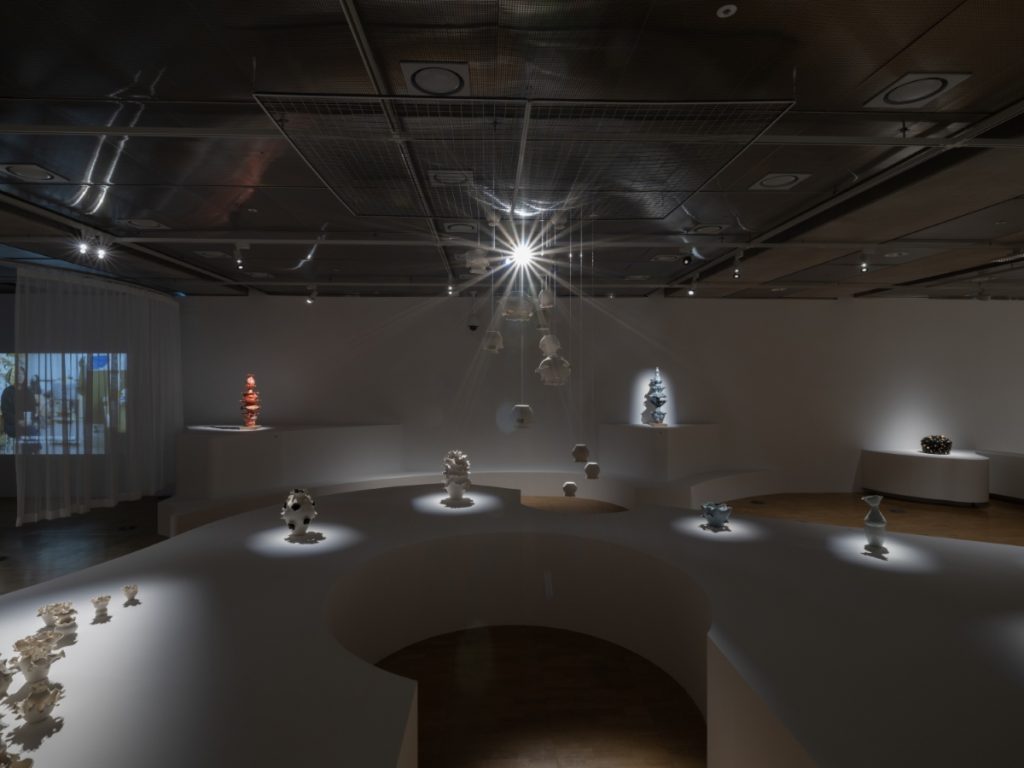
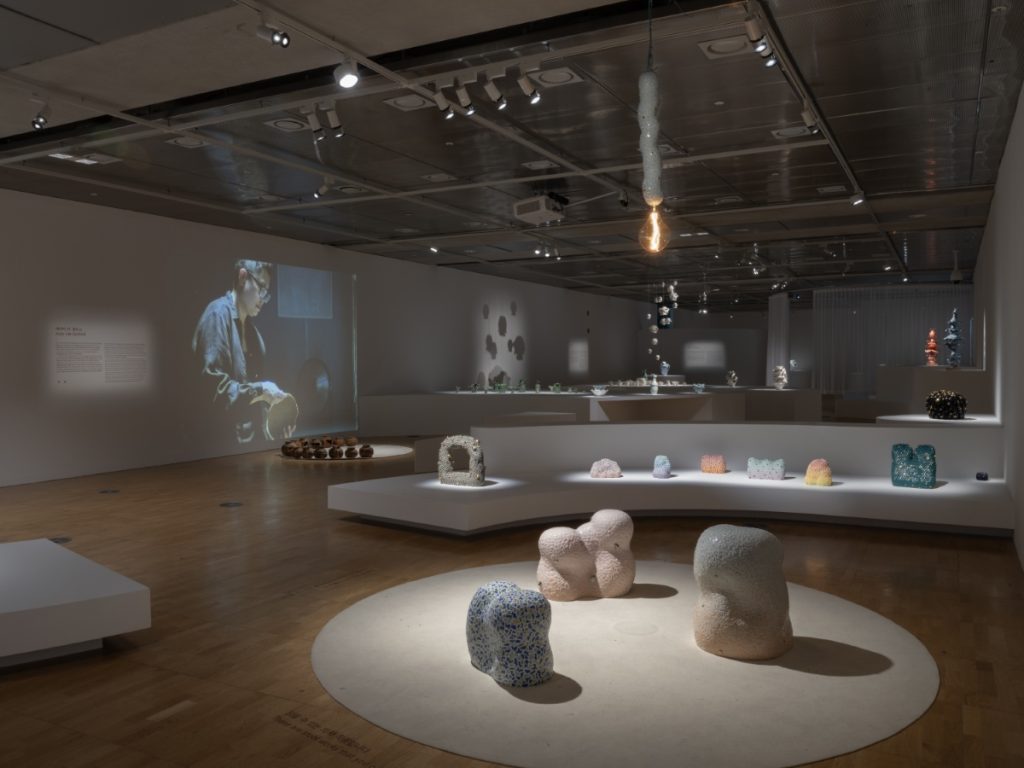
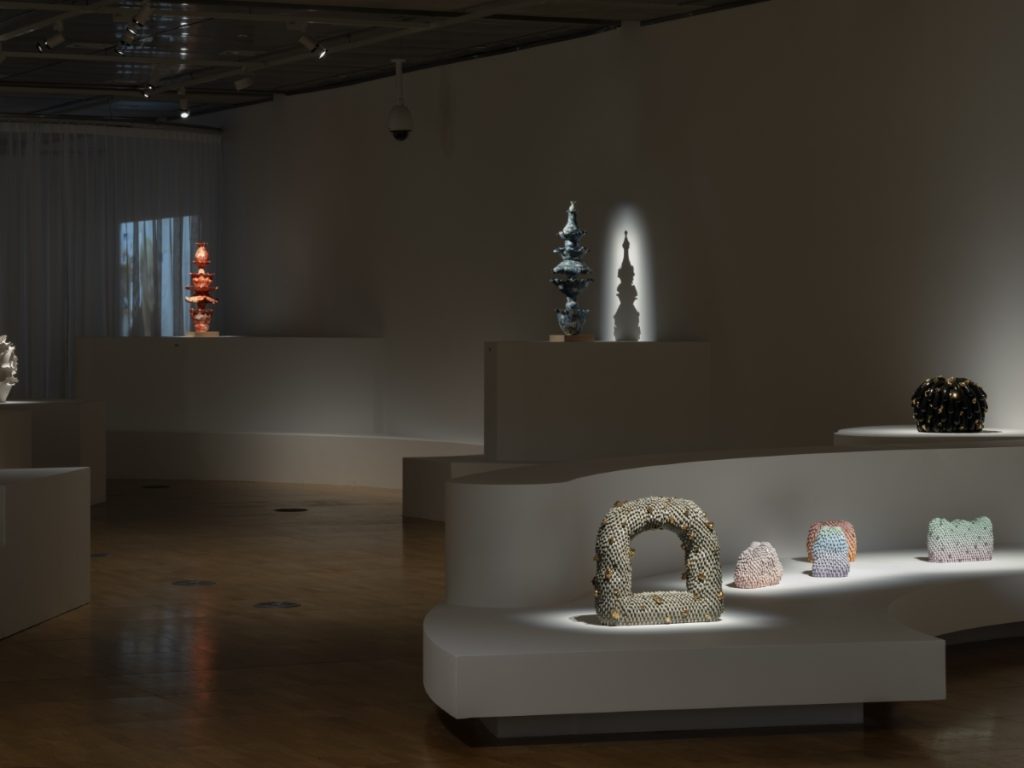
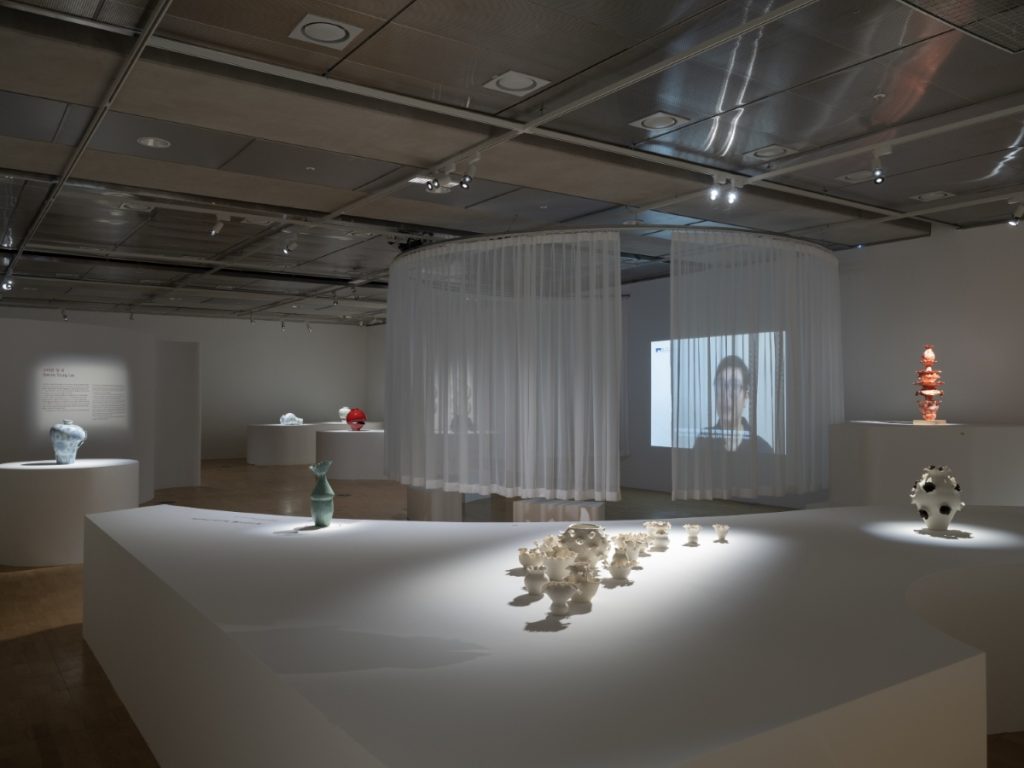
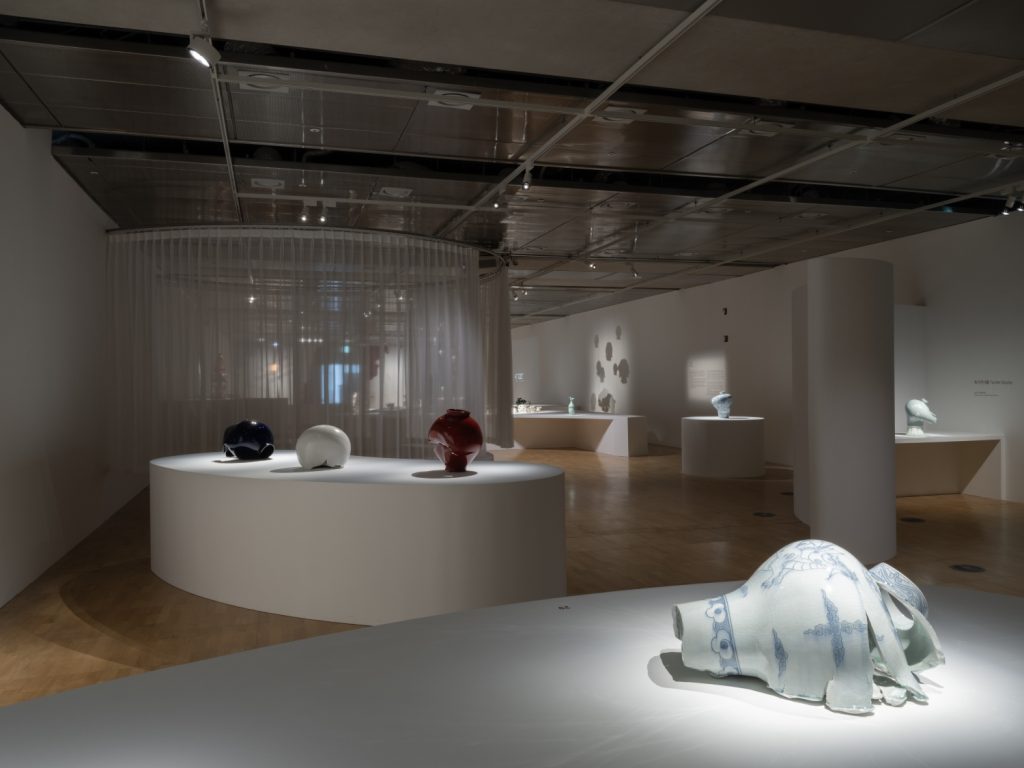
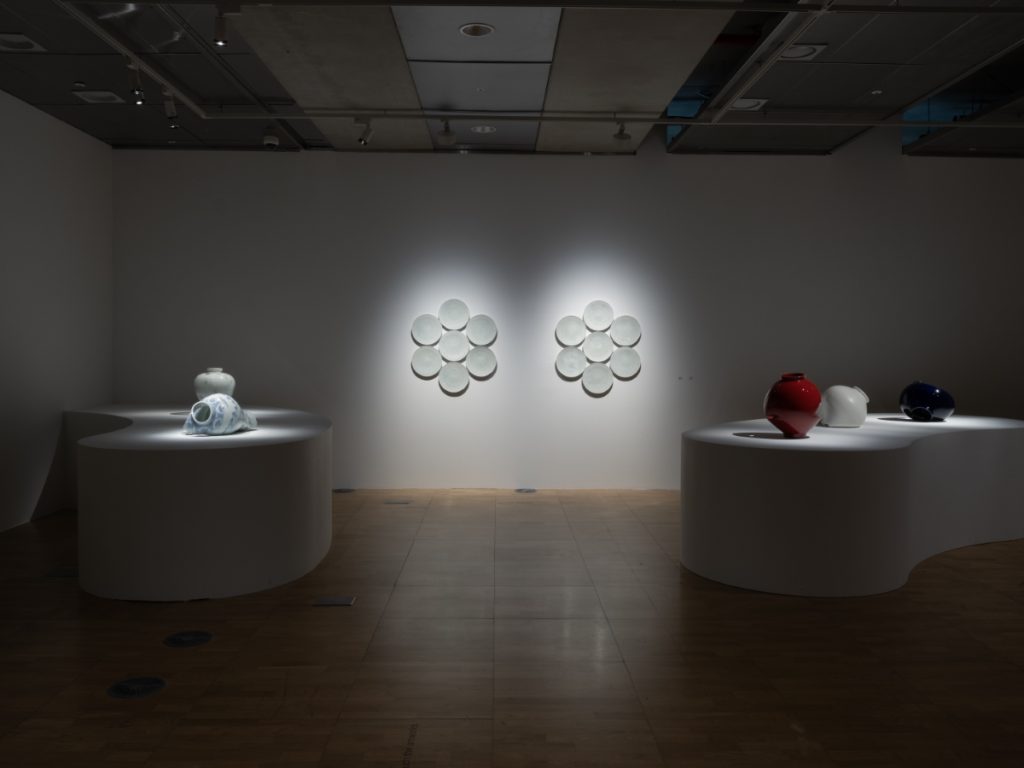
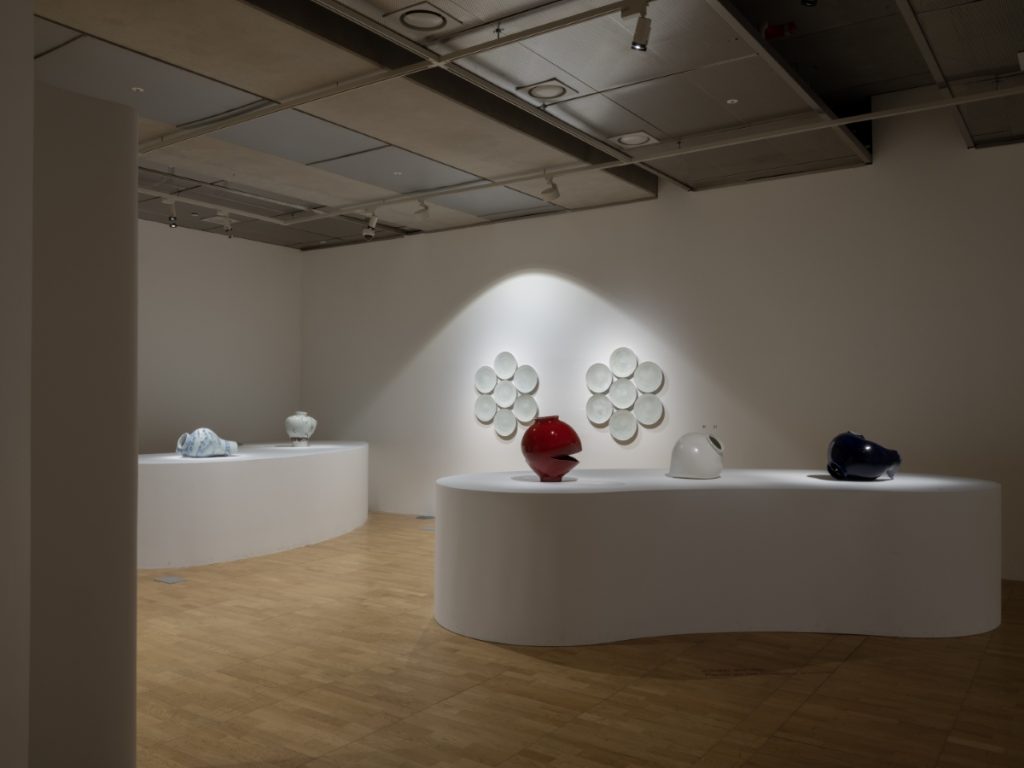
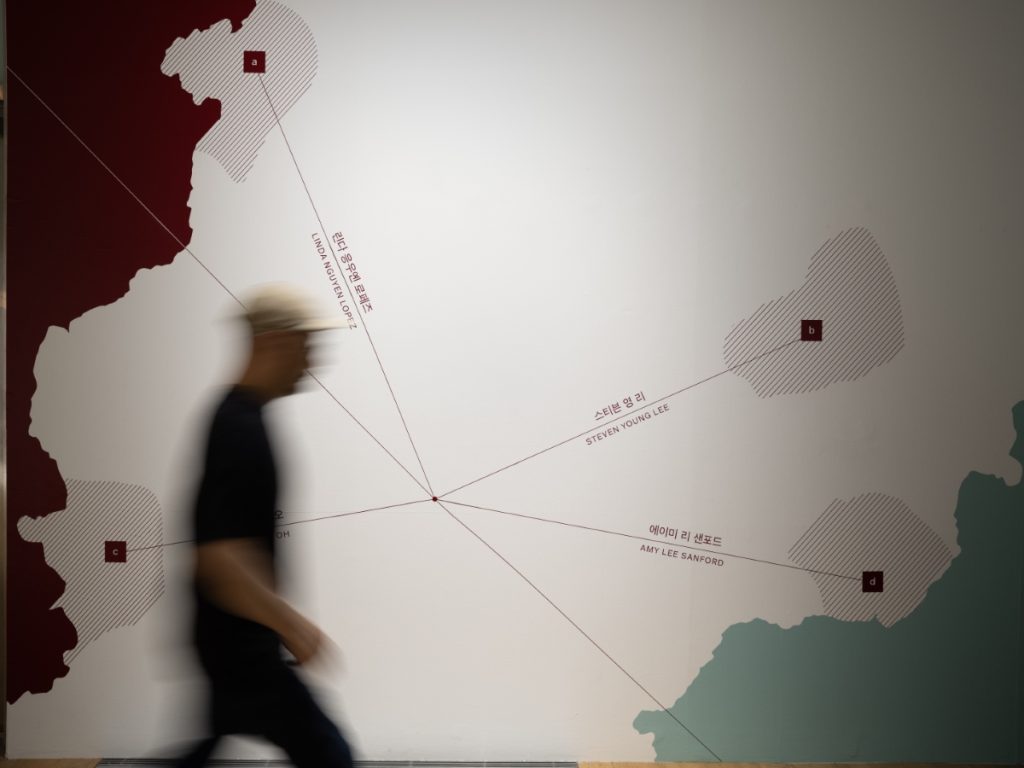
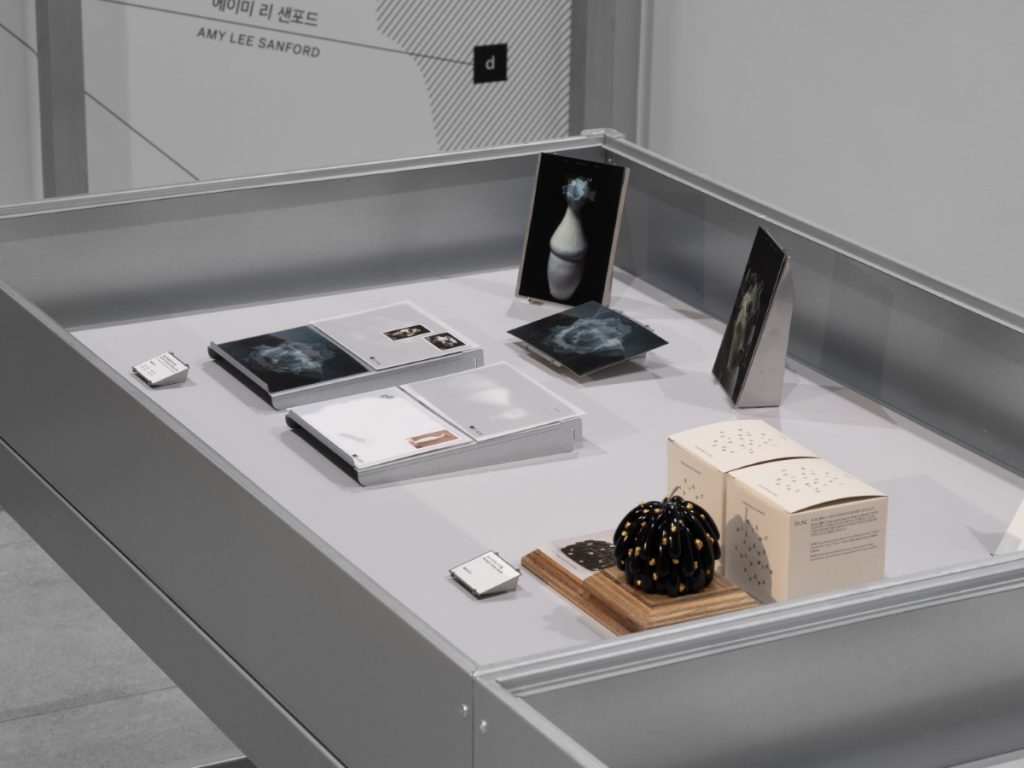
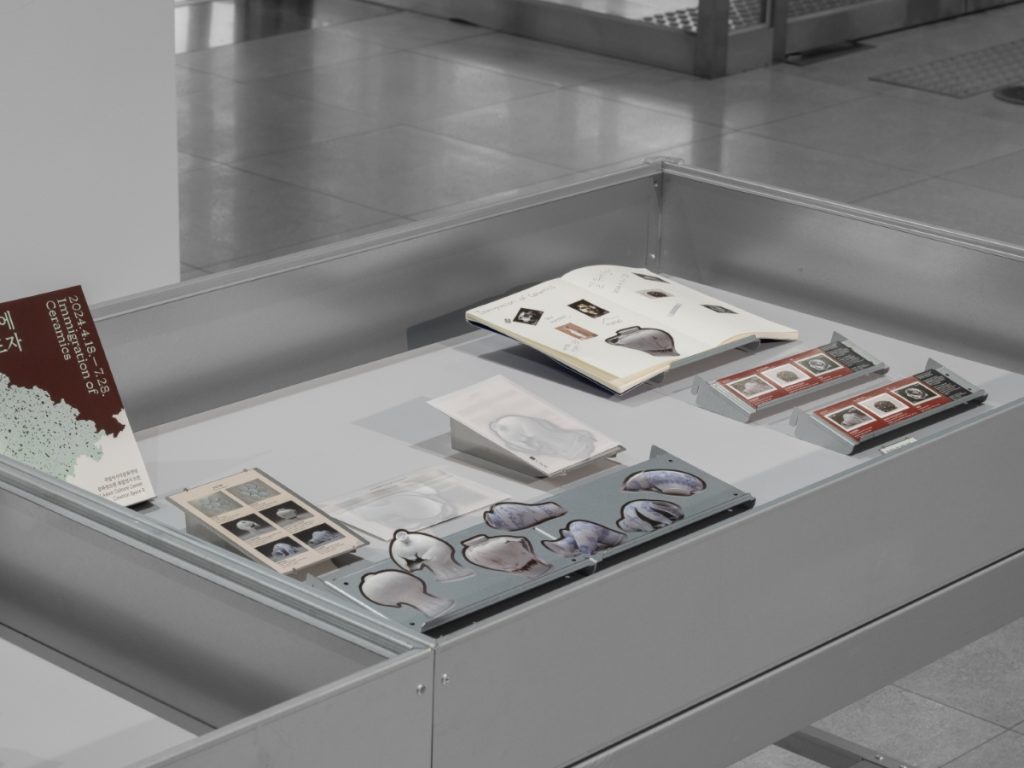
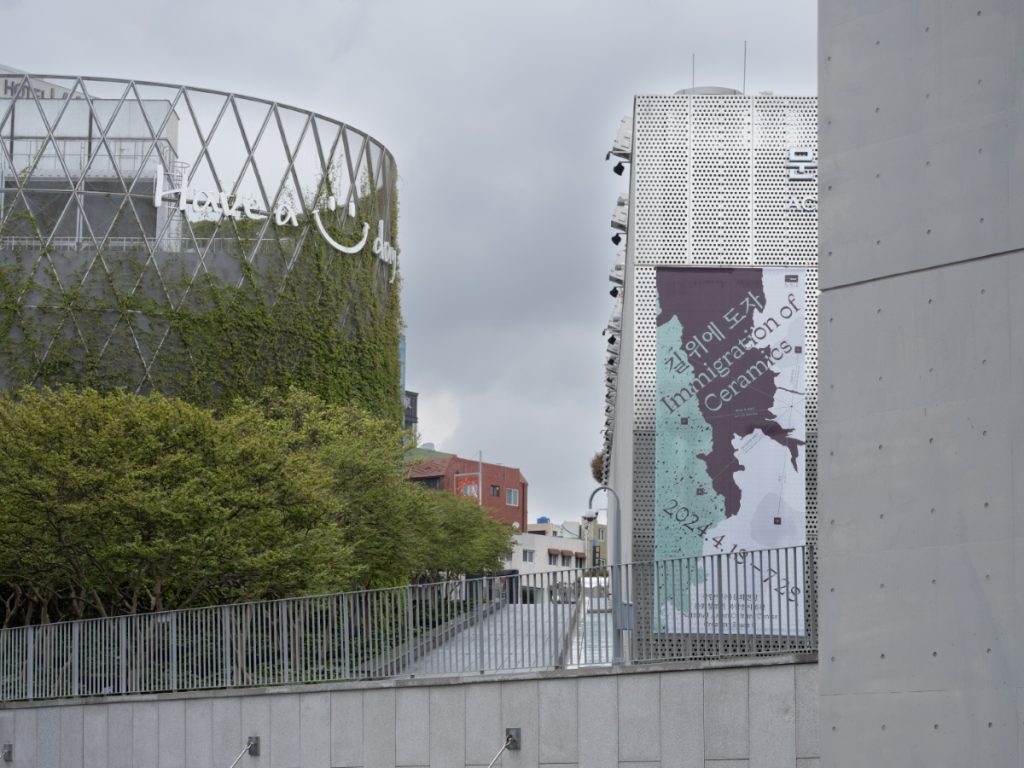
Immigration of Ceramics is on view at Asia Culture Center, Gwangju
April 18 – July 28, 2024
The National Asian Culture Center (ACC) of the Ministry of Culture, Sports and Tourism presents “Immigration of Ceramics,” an exhibition on contemporary ceramic art, at ACC Creation Space 6.
As the first ceramic exhibition of the ACC, which has mainly showcased installation and media art exhibitions, “Immigration of Ceramics” offers a new interpretation of the development of ceramics that migrated from Asia through the lens of contemporary art. Organized as part of ACC’s “Asia Network” project, which aims to invigorate various discourses on the theme of Asia, the exhibition sheds light on contemporary ceramics actively developed outside of the region through artists with immigration experiences.
The exhibition features four artists, including “Steven Young Lee (Korean-American),” “Linda Nguyen Lopez (Vietnamese / Mexican-American),” “Se Oh (Korean-American),” and “Amy Lee Sanford (Cambodian-American).” These artists tell their narratives through ceramics in the context of cultural conflicts and identity exploration derived from their experiences as second-generation immigrants or adoptees. The exhibition offers a new perspective on contemporary ceramics based on the history of humanity and the phenomenon of immigration rather than approaching ceramics as an art form.
Steven Young Lee, Linda Nguyen Lopez, and Se Oh traveled from the United States to Chosun University in Gwangju, Korea, to produce some of their works for this exhibition.


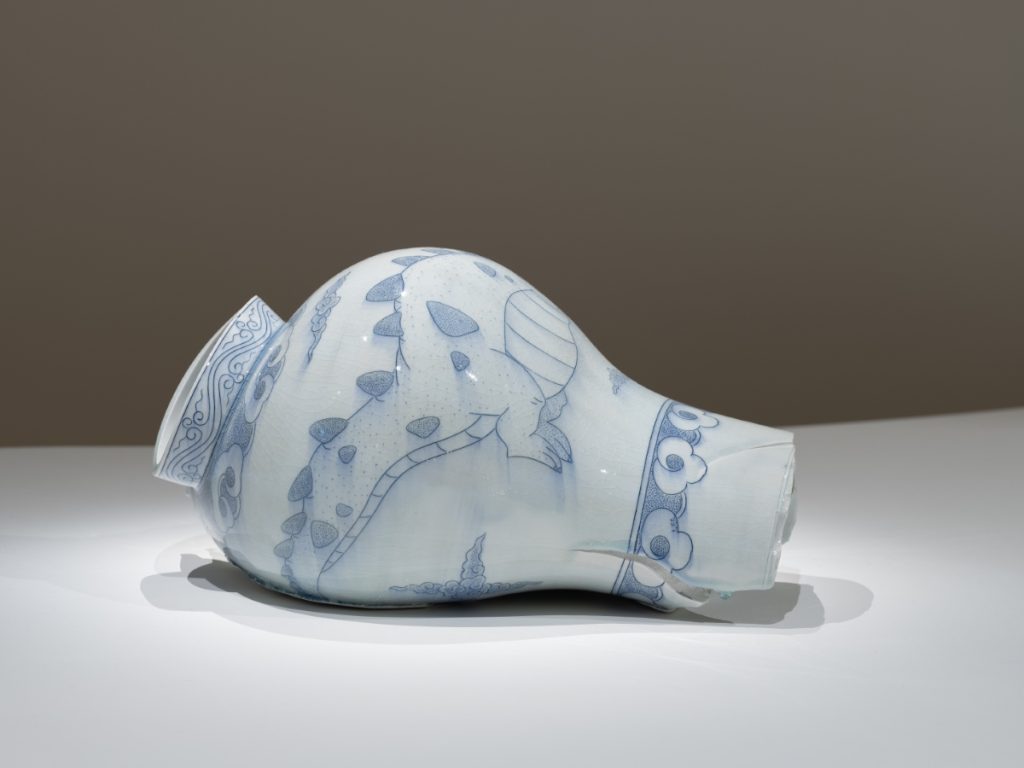
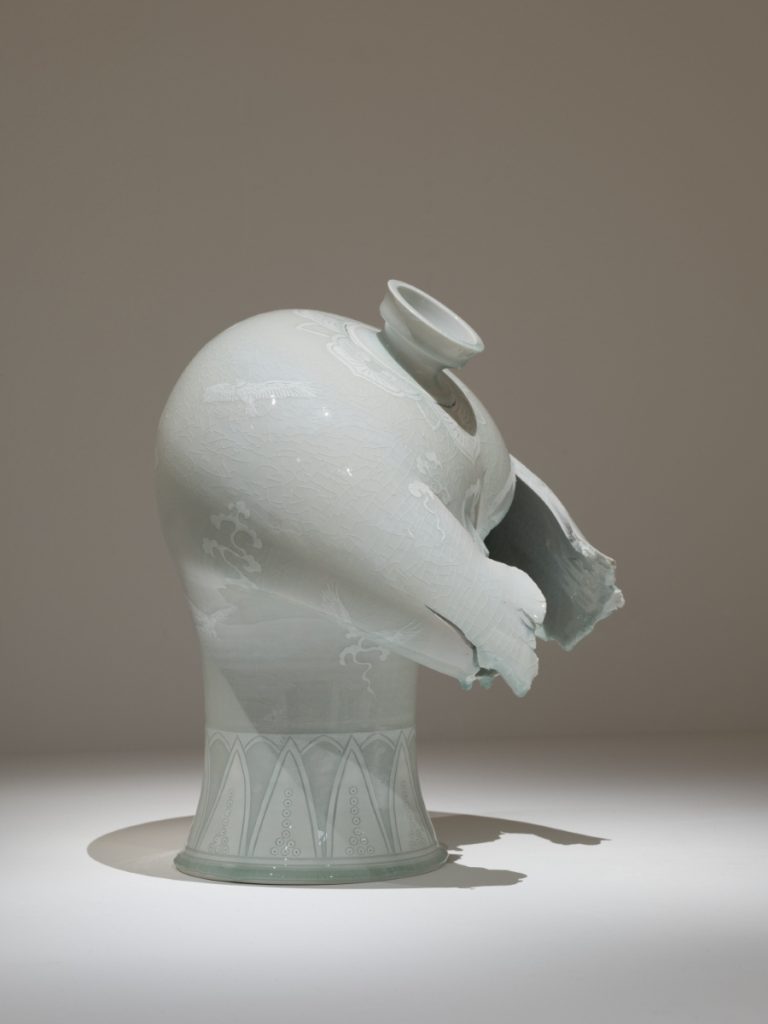
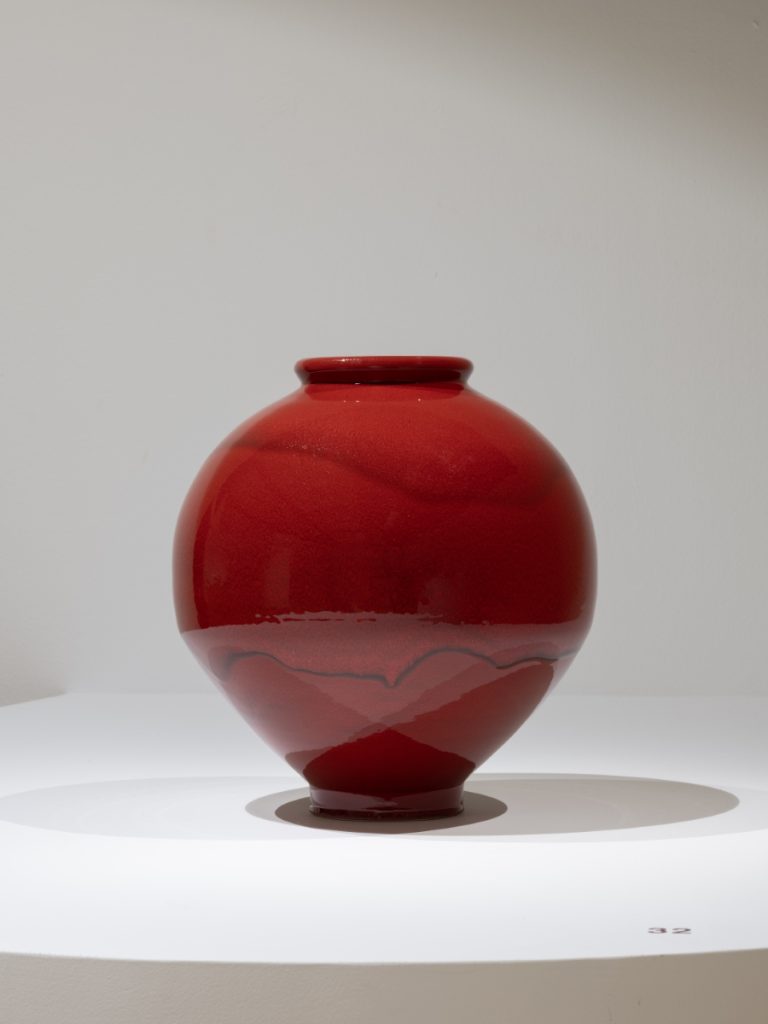
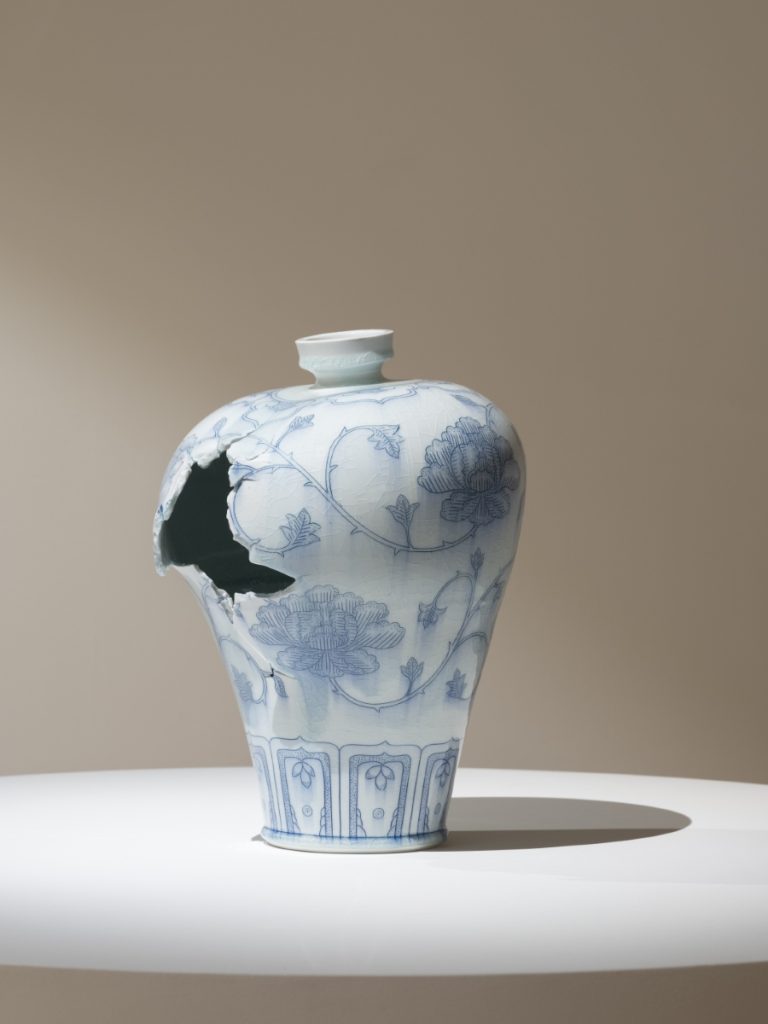
Steven Young Lee is a second-generation Korean-American ceramist who served as the Art Director at the Archie Bray Foundation, a prominent ceramic art institution in the United States, for 16 years. By deforming his works, Lee challenges traditional customs that prioritize the perfect balance of ceramics using various patterns from different cultures based on forms of traditional Korean ceramics. At this exhibition, he presents seven commission works, including three made in Gwangju and four produced in the United States.
“My works in this exhibition are part of the ‘Deconstructed’ series and are based on traditional Korean bowls,” Lee said. “I am ecstatic to present these works I made in Korea using Korean glaze.”


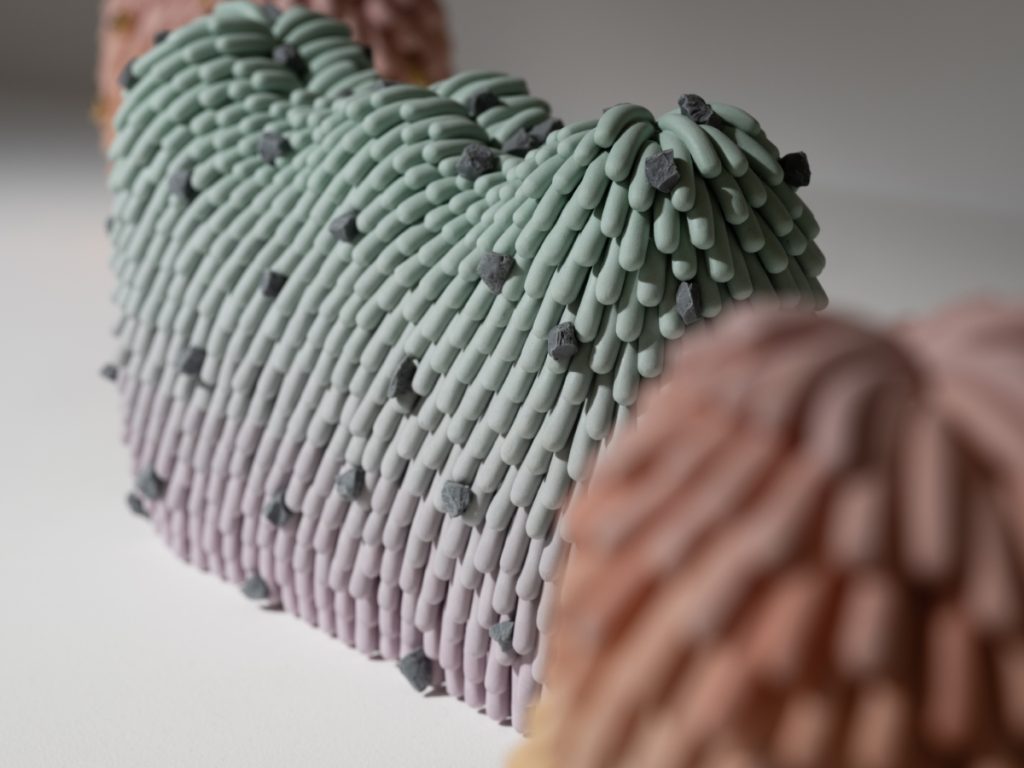
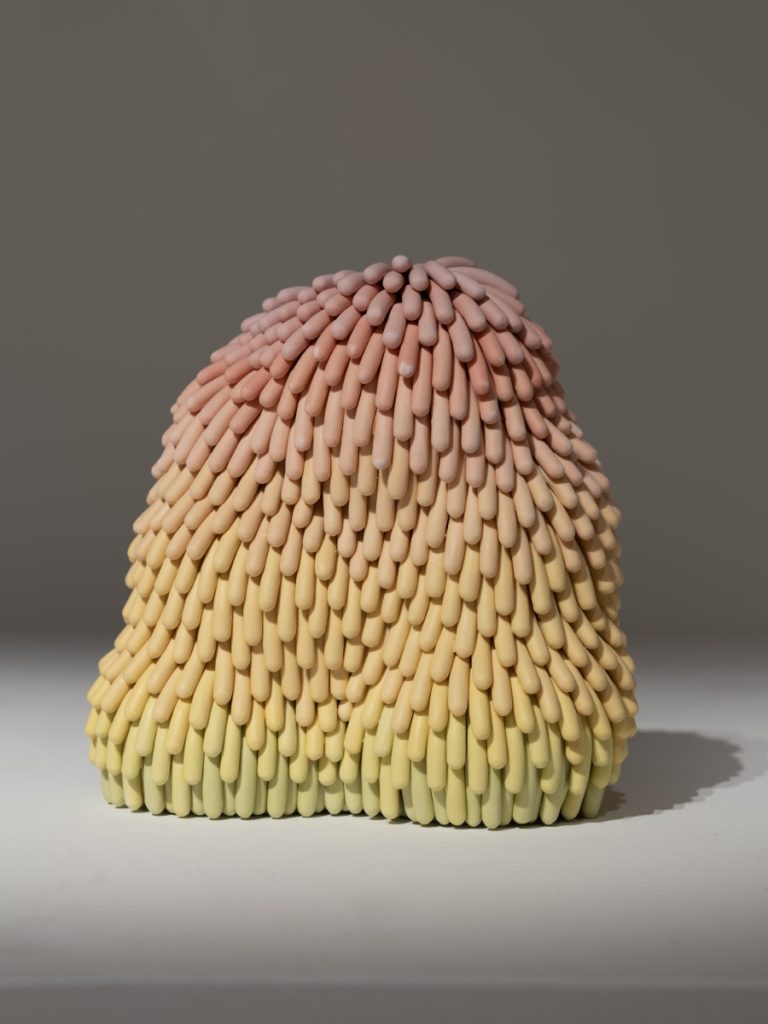
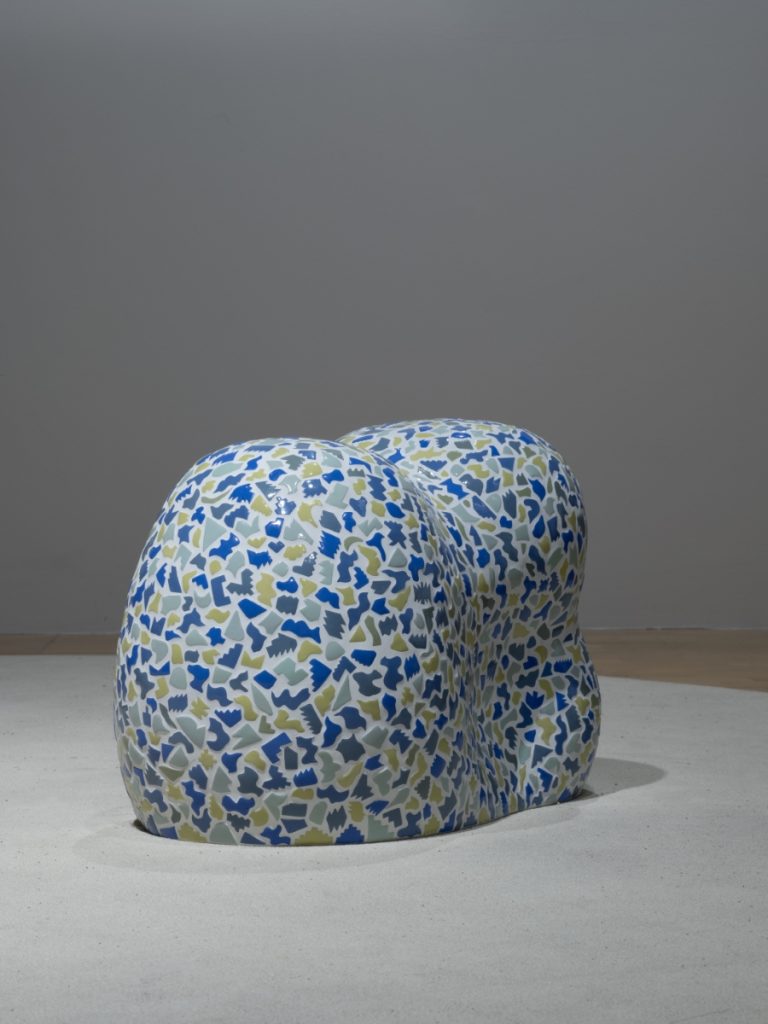
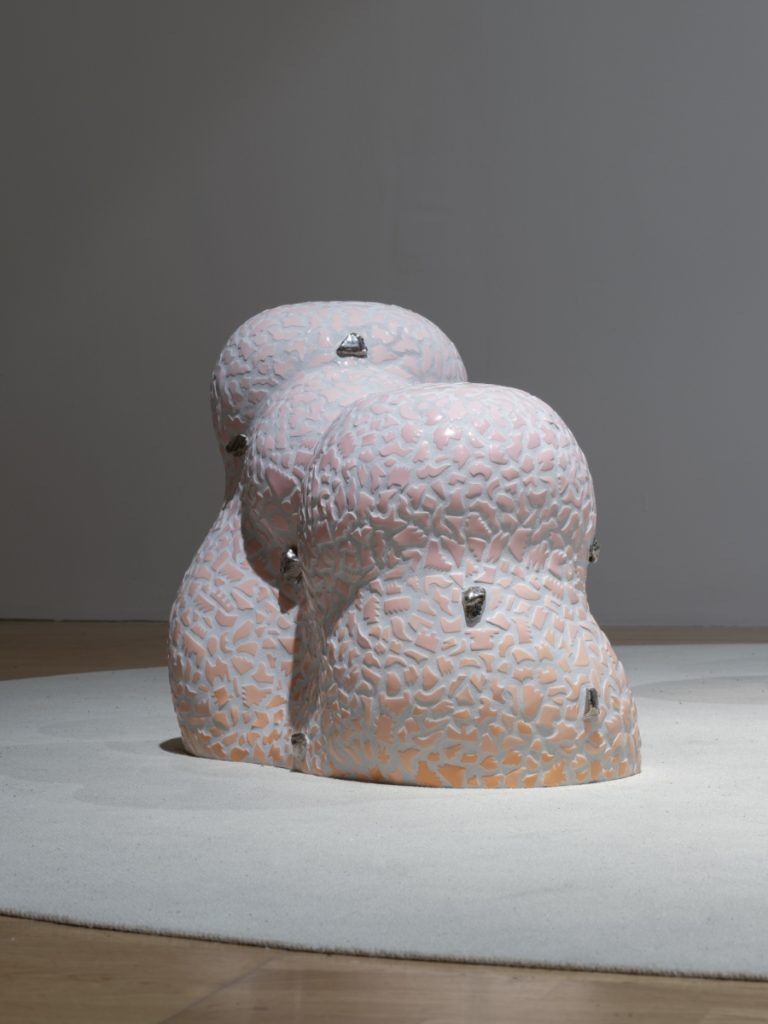
Linda Nguyen Lopez has been creating ceramic sculptures that anthropomorphize objects in daily life, such as mops and dusters, focusing on small items around her based on the linguistic difficulties she experienced growing up in an immigrant family. Six commission works are showcased, including three from the “Furry” series created in Gwangju and three chair-shaped ceramic sculptures visitors can sit on.
Lopez said, “I am delighted to be in Gwangju and to be able to create the ‘Furry’ series at Chosun University.” She added, “My works abstractly depict objects we can see in our daily lives.”
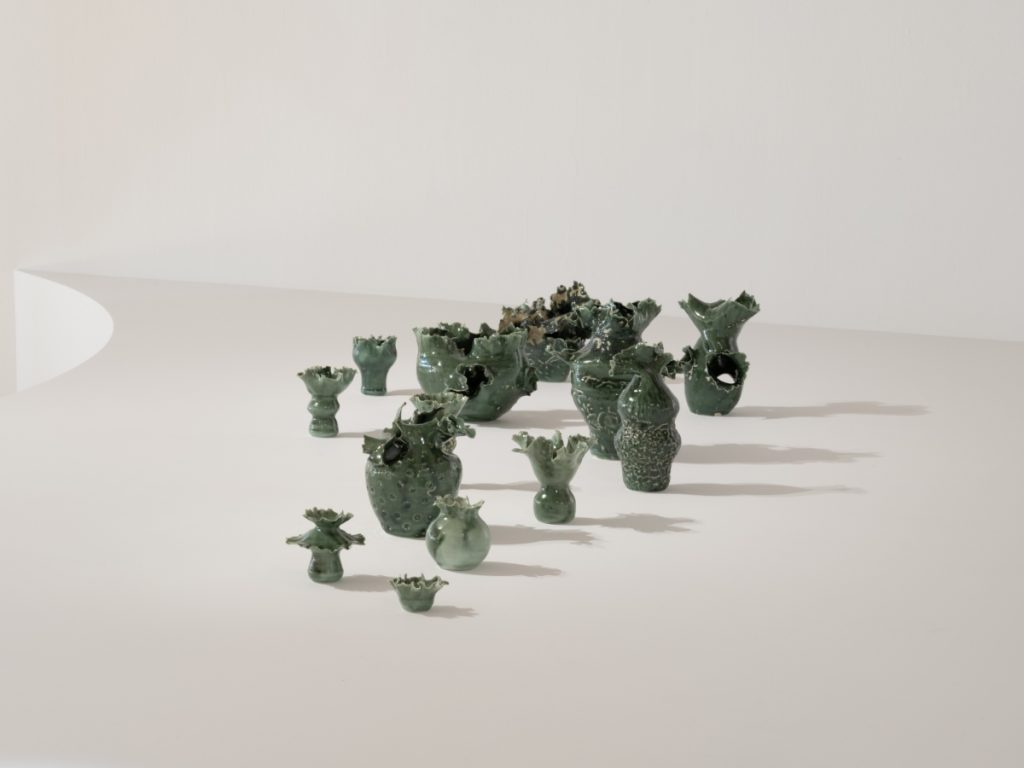
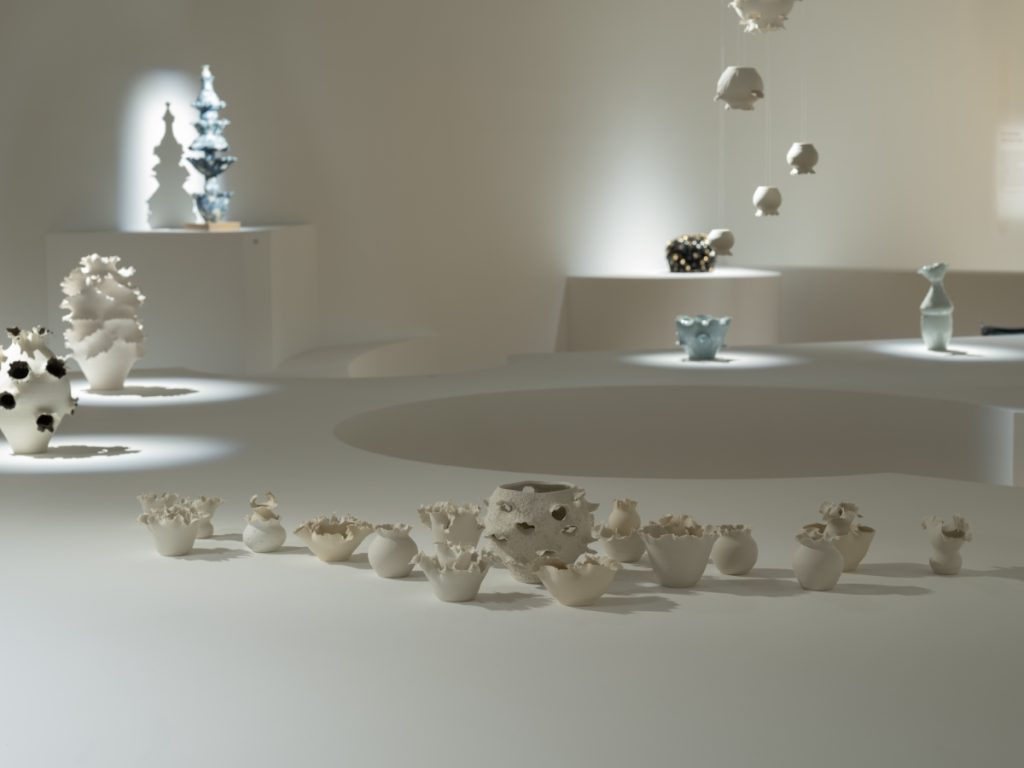

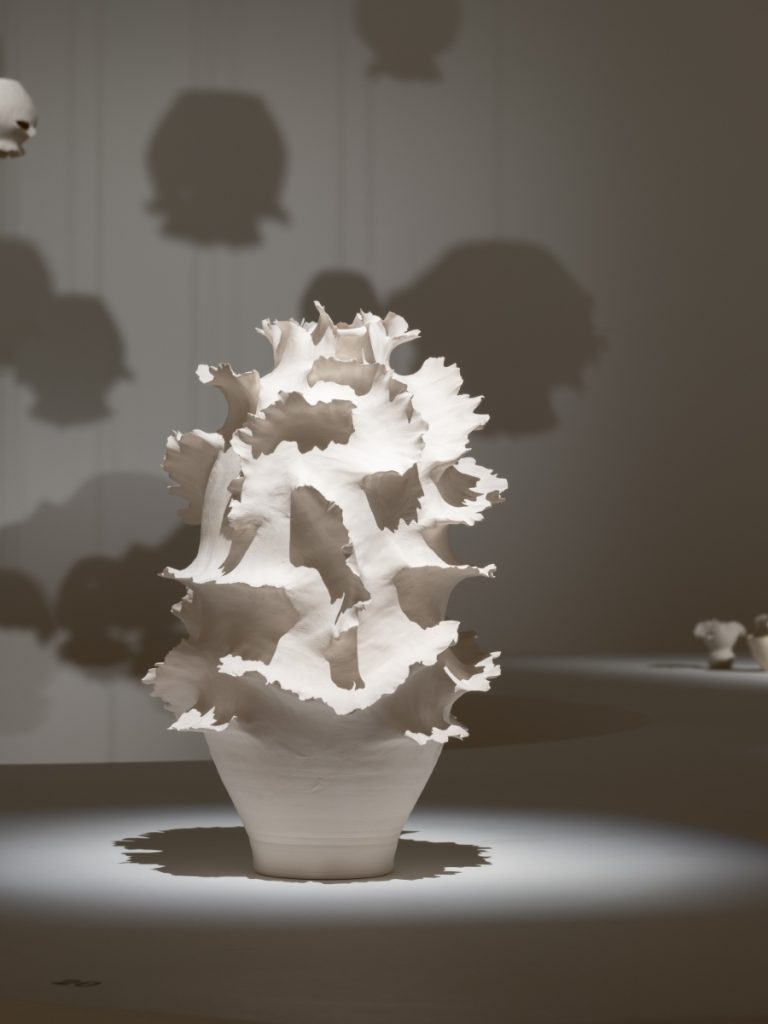
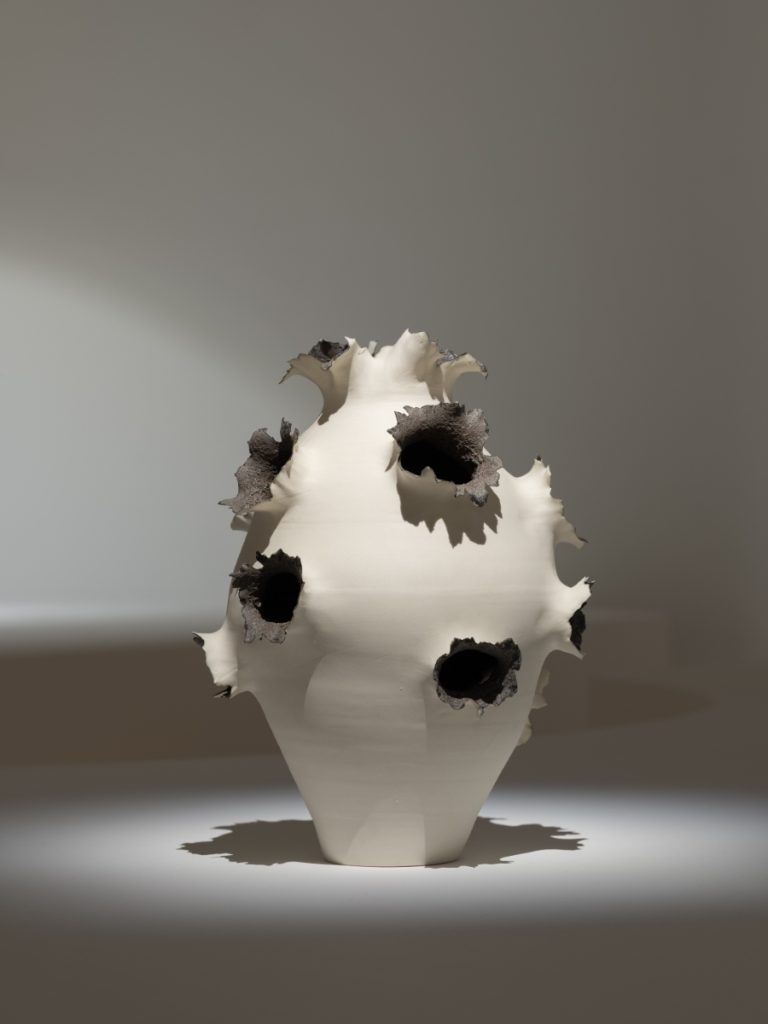
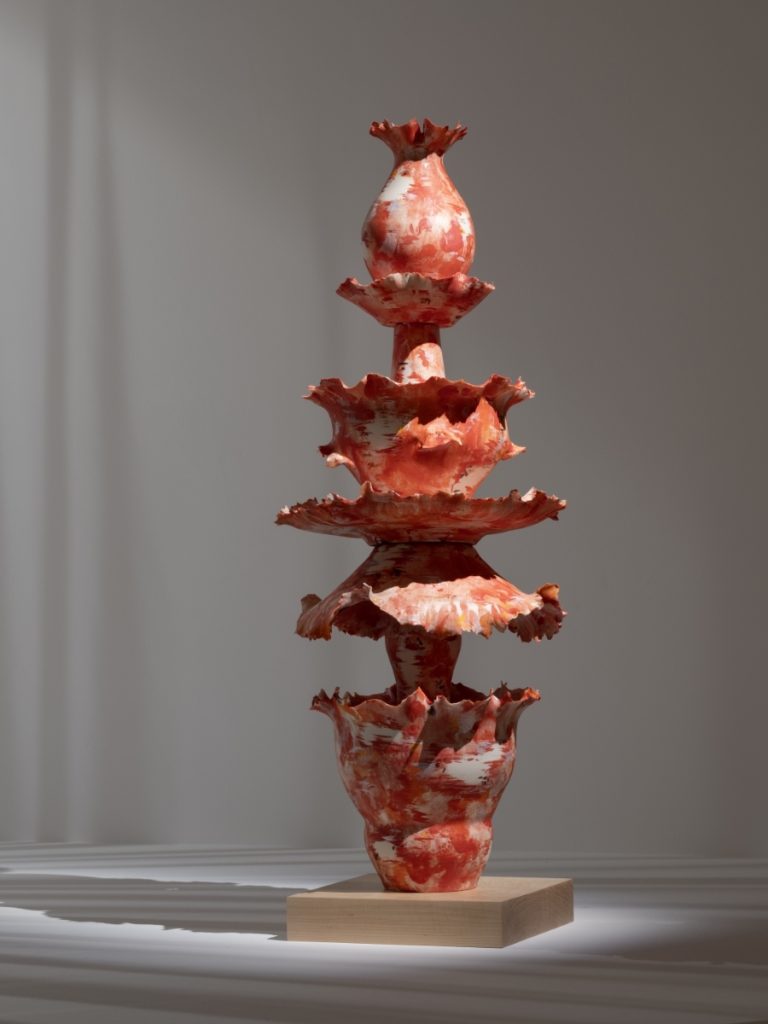
Se Oh mainly adopts motifs from natural forms and uses glaze for Goryeo celadon as material for his works to embody his identity in ceramics. Including new work “Garden,” many of Se Oh’s crafts are inspired by plants in Gwangju, using Korean soil.
“The theme of the exhibition is ‘Porcelain Garden,’ and I used flowers from California and endemic ones in Korea to create my works,” Oh mentioned. “Creating these with Korean clay was difficult, but I look forward to seeing how my works, made with soil from my birthplace, will be perceived by audiences.”
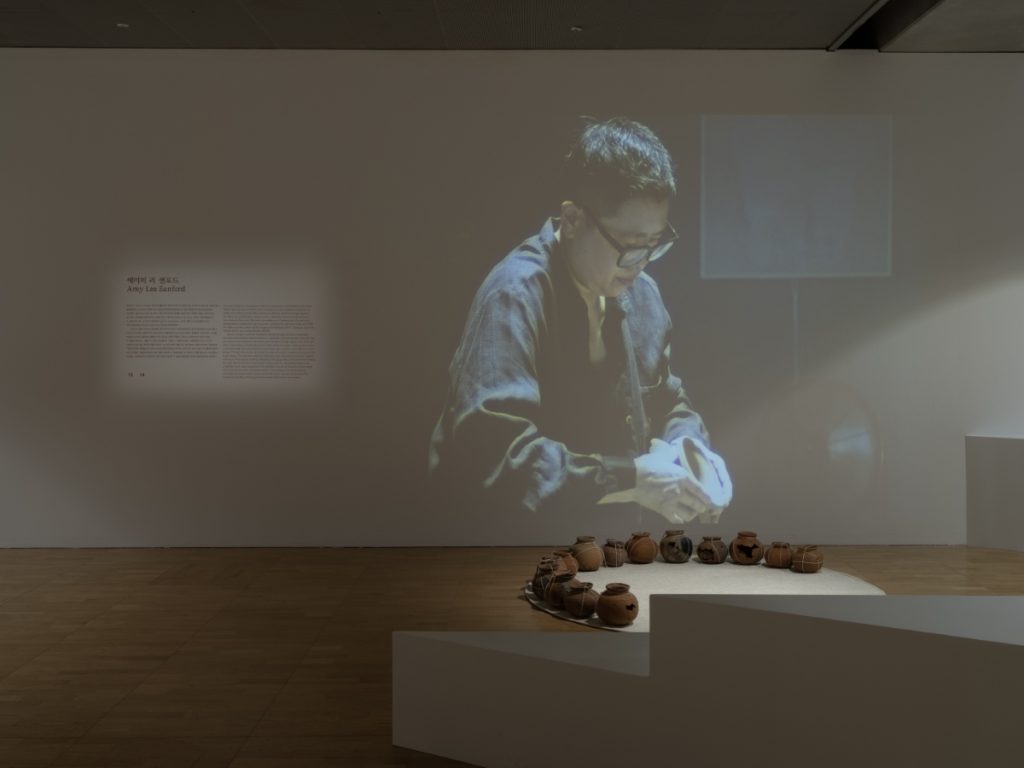

Amy Lee Sanford is an artist who uses ceramics to show the impact society can have on individuals. She seeks to heal Cambodia’s historical scars by breaking pottery and establishing connections. The exhibition features the artist’s performance videos and ceramic works.
“It is significant that world-renowned ceramic artists visit Korea, the home of ceramics, to experience Korean clay and create ceramics using this,” ACC President Lee Kang-hyun noted. “I hope that ‘Immigration of Ceramics’ offers opportunities for visitors to understand immigrant artists and broaden their experience of contemporary ceramics.”
Contact
+82-62-601-4439
Asia Culture Center
38 Munhwajeondang-ro, Dong-gu
Gwangju 61485
Republic of Korea




